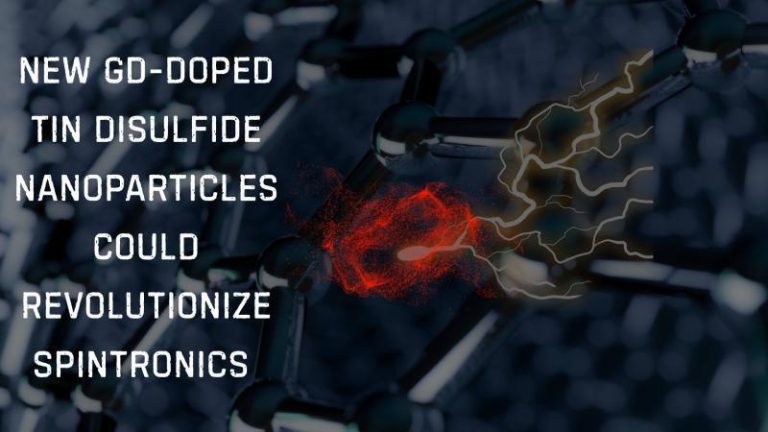
China Places Deep-Sea Detector to Hunt Mysterious Ghost Particles
In a groundbreaking endeavor, Chinese scientists have successfully installed special detectors deep in the South China Sea to explore the possibility of building a massive underwater observatory. The goal of this ambitious project is to detect neutrinos, often referred to as “ghost particles”, that originate from outer space and may hold the key to understanding the origins of the universe.
The Institute of High Energy Physics is leading the project, which aims to uncover the secrets of these elusive particles that have been a subject of fascination for scientists and theorists alike. Neutrinos are incredibly difficult to detect, as they rarely interact with matter, making them challenging to study. However, detecting them could provide valuable insights into the fundamental nature of the universe, including the origins of matter and energy.
The installation of the deep-sea detector is a significant milestone in the project, marking a major step towards the establishment of a large-scale underwater observatory. The observatory, once complete, will be capable of detecting neutrinos from distant sources, including supernovae, gamma-ray bursts, and other cosmic events.
The project is being undertaken in collaboration with the Institute of Oceanology, Chinese Academy of Sciences, and the Shanghai Astronomical Observatory. The team has chosen the South China Sea as the location for the detector due to its unique characteristics, including its deep waters and relatively low levels of human activity.
The detector itself is a complex system comprising a series of sensors and cameras that will be deployed at a depth of approximately 3,000 meters. The sensors will be designed to detect the faint signals generated by neutrinos as they interact with the surrounding water. The cameras will provide visual confirmation of the neutrino events, allowing scientists to verify the data and rule out any false positives.
The installation of the detector was a challenging process, requiring the team to overcome numerous logistical and technical hurdles. The equipment had to be transported to the deployment site, where it was then lowered to the seafloor using a remotely operated vehicle (ROV). Once in place, the sensors and cameras were secured to the seafloor, and the system was tested to ensure it was functioning correctly.
The data collected by the detector will be analyzed by scientists at the Institute of High Energy Physics, who will use advanced algorithms and machine learning techniques to identify and characterize the neutrino events. The data will also be shared with international research teams, allowing scientists to collaborate and build a more comprehensive understanding of neutrino physics.
The discovery of neutrinos in the 1960s revolutionized our understanding of the universe, providing evidence for the existence of cosmic rays and the energy released by stars. However, much remains to be learned about these enigmatic particles, including their properties and behavior. The detection of neutrinos from outer space could provide valuable insights into the fundamental nature of the universe, including the origins of matter and energy.
The Chinese government has invested significant resources in the project, recognizing the potential benefits of neutrino research for advancing our understanding of the universe. The project is also expected to have practical applications, such as the development of new technologies for detecting and analyzing cosmic rays.
In conclusion, the installation of the deep-sea detector in the South China Sea marks a significant milestone in the quest to understand the mysterious ghost particles that originate from outer space. The project is a testament to the power of international collaboration and the drive to push the boundaries of scientific knowledge.
Source:






